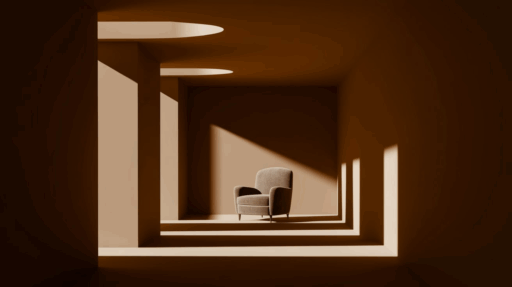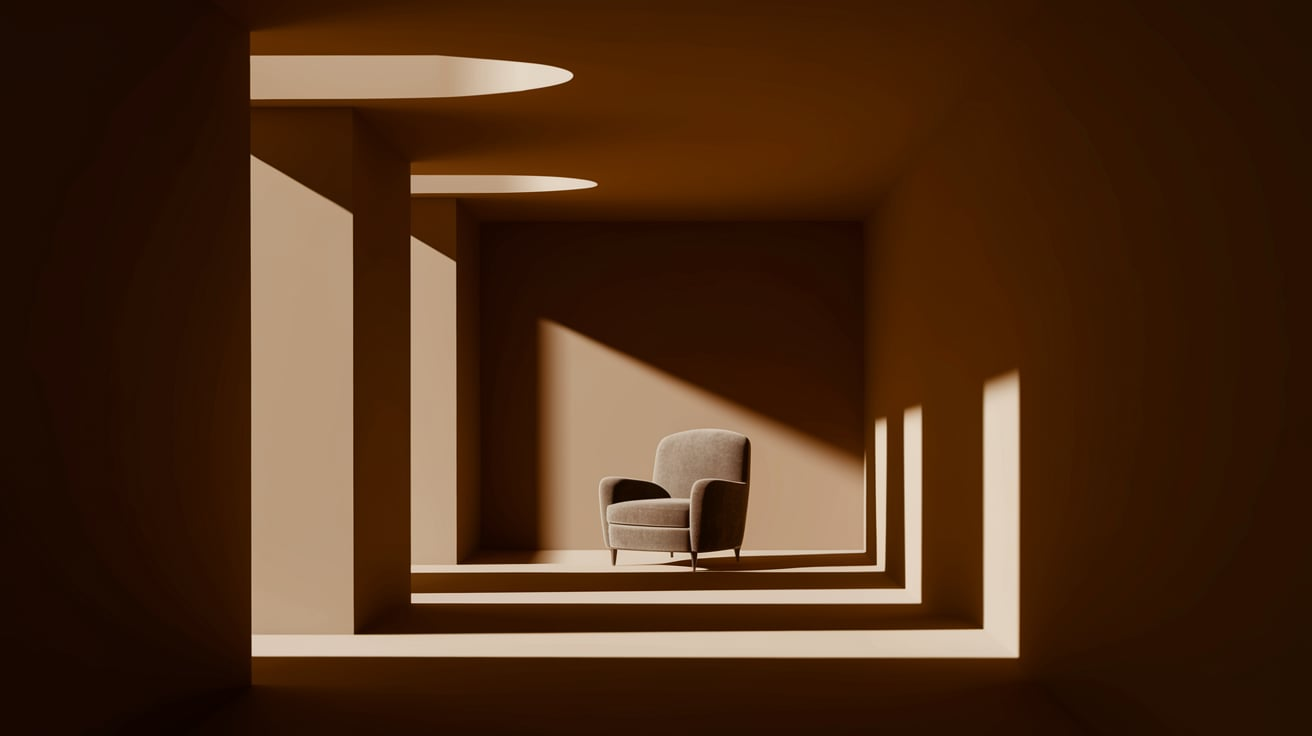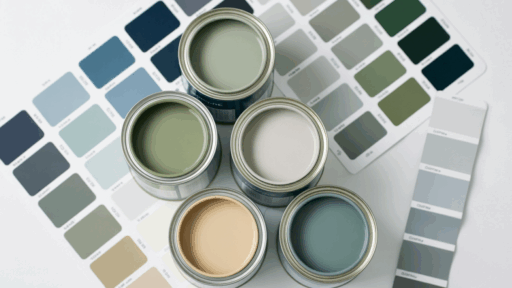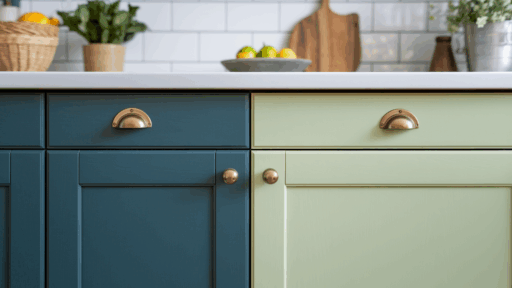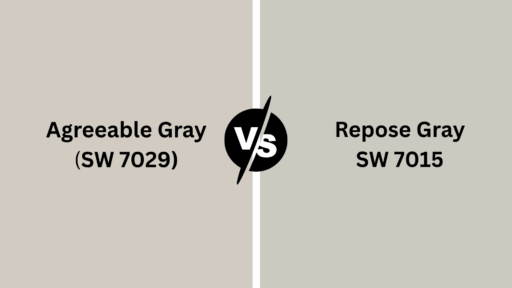Interior design constantly evolves, challenging traditional boundaries and reimagining spatial experiences through innovative color techniques.
Homeowners and designers are increasingly exploring bold approaches to transform living spaces.
Color has emerged as a powerful tool for creating visual harmony and emotional depth.
The concept of painting ceiling and walls in a single, unified color represents a daring yet sophisticated design strategy.
This approach promises to reshape how we perceive and interact with our interior environments.
Why I Decided to Paint My Ceiling the Same Color as My Walls?
My design expedition took an unexpected turn when I discovered the transformative power of monochromatic spaces.
Traditional white ceilings always felt disconnected and choppy in my living environment.
I craved a seamless, sophisticated look that would make my room feel more expansive and unified.
Eliminating the stark contrast between walls and ceiling created an unexpected sense of calm and architectural elegance.
The uniform color palette softened the room’s edges, making the space feel more intentional and thoughtfully designed.
My bold choice challenged conventional design norms, resulting in a surprisingly harmonious interior.
The Pros of Matching Ceiling and Wall Colors
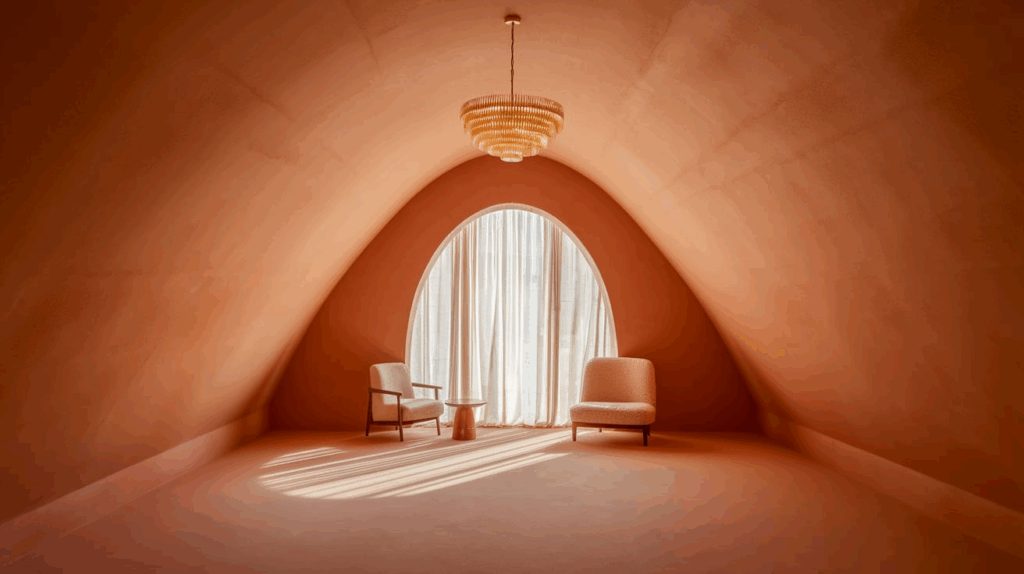
Interior design is an art of visual modification, and color coordination plays a crucial role in creating stunning living spaces.
Painting your ceiling the same color as your walls offers several compelling advantages that can dramatically improve a room’s aesthetic and perceived dimensions.
- Creates a sense of continuity by eliminating visual breaks and harsh transitions between walls and ceiling
- Makes a room feel larger and more open by removing traditional color boundaries
- Works well in smaller spaces, helping to visually expand compact areas without physical renovation
- Adds a modern or cohesive look that feels intentional and sophisticated
By embracing this design approach, homeowners can achieve a sleek, unified environment that feels both contemporary and thoughtfully curated.
The Challenges I Faced (And How I Overcame Them)
Painting the ceiling the same color as walls presented unexpected technical hurdles that tested my DIY skills and patience.
Achieving even coverage proved more challenging than I initially anticipated, with shadows and lighting creating uneven paint appearance.
Professional-grade painter’s tape became my secret weapon for creating crisp, clean edges along the ceiling perimeter.
I invested in high-quality, low-splatter paint specifically designed for ceiling applications to minimize messy drips and uneven application.
Proper lighting and multiple thin coats helped me overcome initial coverage issues and achieve a seamless, professional-looking finish.
Persistence and careful preparation transformed my initial painting struggles into a successful home improvement project.
What the Experts Say About Ceiling Colors
Color selection is more than a mere aesthetic choice—it’s a design strategy that can dramatically alter a room’s perception and emotional impact.
Professionals from various fields have weighed in on the innovative approach of matching ceiling and wall colors.
| Expert Group | Why It Works |
|---|---|
| Interior Designers | Creates seamless flow between surfaces |
| Painters | Reduces visual clutter, especially in open spaces |
| Homeowners | Gives a cozy, enveloping feeling |
Design experts unanimously agree that this color technique offers a sophisticated solution to traditional interior design constraints, proving that sometimes less truly is more.
Tips for Painting Your Ceiling the Same Color as Walls
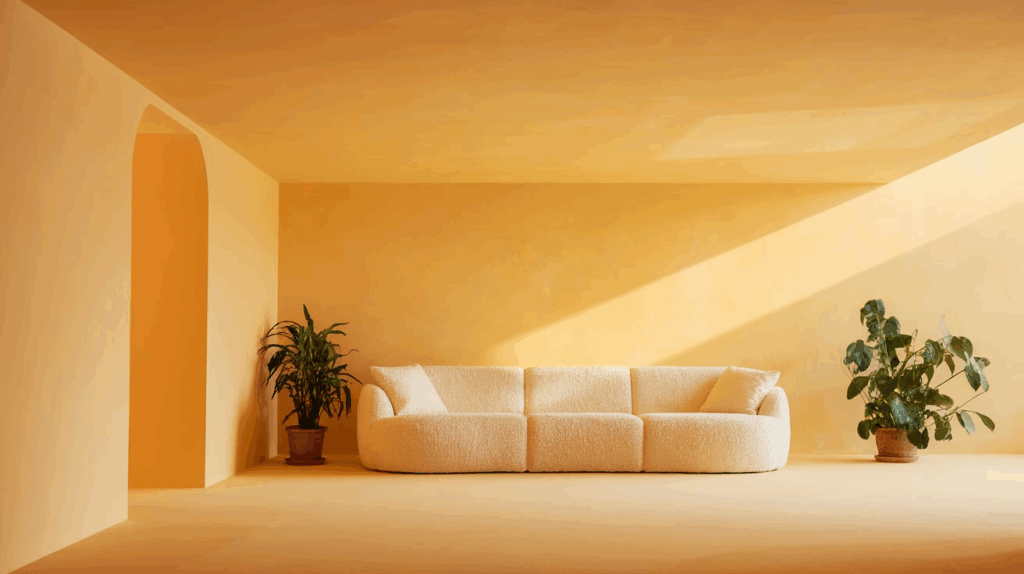
Painting your ceiling the same color as your walls can transform your living space dramatically.
This bold design choice requires careful planning and thoughtful execution.
Here are some essential tips to help you achieve a seamless and professional look:
- Choose a light, neutral shade if you’re unsure about committing to a bold color choice
- Consider your room’s natural and artificial lighting before selecting the final paint shade
- Use a flat or matte finish to create a smooth, uniform appearance and minimize light reflection
- Test a small patch of the chosen color on both wall and ceiling to ensure desired effect
Implementing these strategies will help you confidently create a cohesive and sophisticated interior that feels intentional and well-designed.
Take your time, plan carefully, and enjoy the transformative power of monochromatic painting.
Is It Right for Every Room?
Painting ceiling and walls the same color works best in rooms with unique architectural features or challenging layouts.
Minimalist spaces benefit from this technique, creating a seamless and sophisticated visual experience.
Large rooms with high ceilings appear more intimate and cohesive when using a single color palette.
However, smaller spaces might feel compressed or overwhelming with this approach.
Rooms with limited natural light should carefully consider this design choice, as it can potentially make the space feel more closed in.
Professional designers recommend testing the technique in specific areas before committing to a full-room modification.
Common Mistakes When Painting Your Ceiling
Overloading the color palette: Avoid using too many competing colors that create visual chaos and overwhelm the room’s design.
Ignoring the room’s natural light: Carefully assess how different paint colors interact with the room’s lighting conditions. Dark colors can make a space feel smaller in rooms with limited natural light.
- Test paint samples at different times of day to understand their true appearance.
- Choosing the wrong paint finish. Select a ceiling paint finish that suits the room’s functionality and aesthetic goals.
- Flat or matte finishes hide imperfections best, while slightly glossy finishes can add subtle dimension.
- Consider the room’s moisture levels and cleaning requirements when selecting the finish.
By being mindful of these potential pitfalls, homeowners can change their ceilings from overlooked surfaces to design statements that elevate the entire room’s ambiance.
Final Thoughts
Color represents more than a mere decorative element; it’s a powerful design language that communicates mood and intention.
Painting ceiling and walls in a unified color challenges conventional design boundaries.
Homeowners gain an opportunity to create truly personalized and innovative living spaces.
Careful planning, professional advice, and thoughtful execution can transform ordinary rooms into extraordinary environments.
This design approach invites creativity and breaks traditional interior design constraints.
Ultimately, the goal is to create spaces that feel intentional, refined, and uniquely personal.

